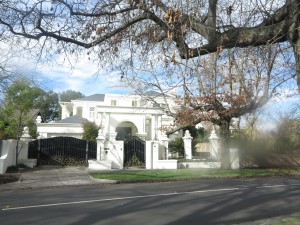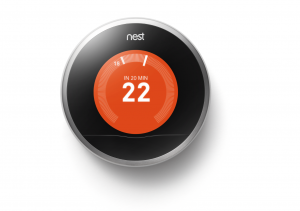UK to benefit from Naked FTTC broadband
Article
Naked fibre to the cabinet may be on the way from Openreach | ThinkBroadband
My Comments

AVM Fritzbox 3490 – an example of a VDSL2 modem that could be part of the naked VDSL2 service offered in the UK
I have written up an article about broadband Internet options available for those of us who use the mobile phone as the main voice telephone. Here, I was highlighting the kind of options that are available without you needing to pay line rental to an incumbent voice-telephony carrier and highlighted services like FTTP fibre-optic Internet or cable-modem broadband service which are hosted on separate infrastructure.
But I also highlighted the concept of “naked DSL” or “dry-loop DSL” which is a DSL service using your phone carrier’s wires but you don’t have a local voice telephone service a.k.a a “dial-tone” service. A lot of countries offer this as a service option for most DSL-service packages but the United Kingdom doesn’t offer that kind of service at all.
Things are to change for the UK with Openreach offering the “naked DSL” option for people who sign up to VDSL2-based “fibre-to-the-cabinet” next-generation broadband. They will maintain the subscriber’s circuit from the FTTC street cabinet to the exchange just for line testing or if a subsequent subscriber wants to sign up to a full service with the legacy voice telephone component.
But this is a service that is considered a proposal but should really be available for UK households who start out “mobile only” or want to use that second line that was created for the fax or for someone’s independent telephony needs for their fibre-copper next-generation broadband needs.

![Yorkshire Dales By Kreuzschnabel (Own work) [CC-BY-SA-3.0 (http://creativecommons.org/licenses/by-sa/3.0), GFDL (http://www.gnu.org/copyleft/fdl.html) or FAL], via Wikimedia Commons](https://homenetworking01.info/wp-content/uploads/2014/09/2013_Langthwaite_Arkengarthdale-Yorkshire-Dales-300x225.jpg)

